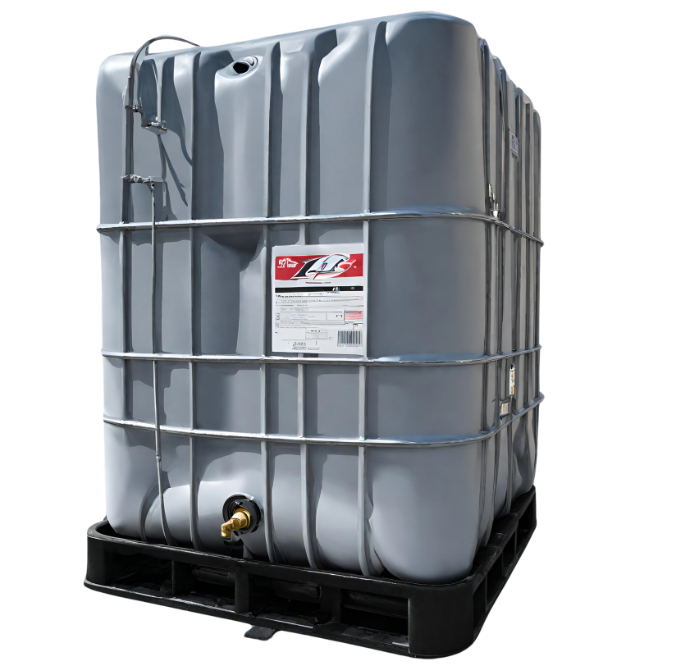
Small Grain Bins
You’re a mid-sized farmer searching for a small grain bin that will help you save money, time, and enhance the functionality of your business. However, you’re still unsure which small grain bin would be the best fit for you. Let’s…

You’re a mid-sized farmer searching for a small grain bin that will help you save money, time, and enhance the functionality of your business. However, you’re still unsure which small grain bin would be the best fit for you. Let’s…
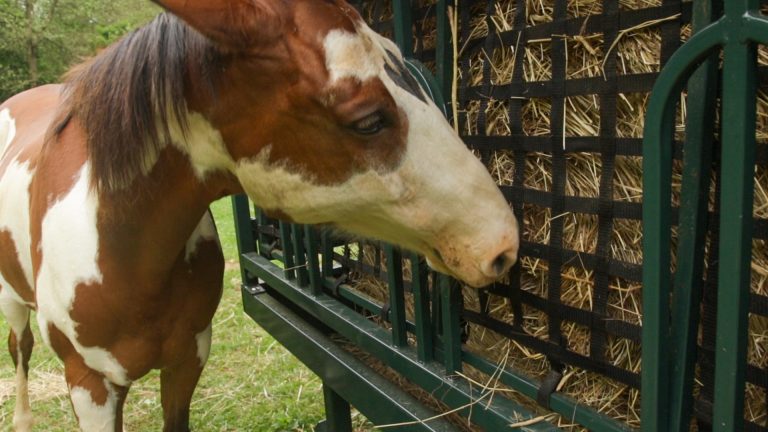
Round bales for horses provide a convenient and efficient way to feed your equine friends. Discover the benefits of round bales with us.
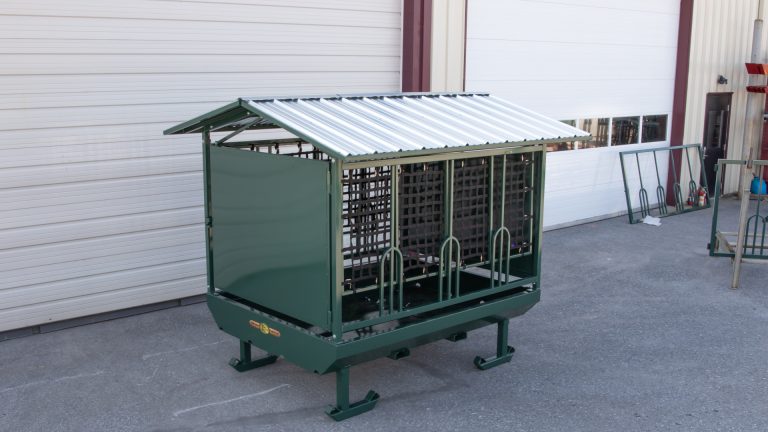
Horses are a big investment. Ranging from little ponies like the Falabella and American Miniature horse to the massive Shires and Percherons, horses can range in price from relatively affordable to extremely expensive. However, horses are more than an investment.…
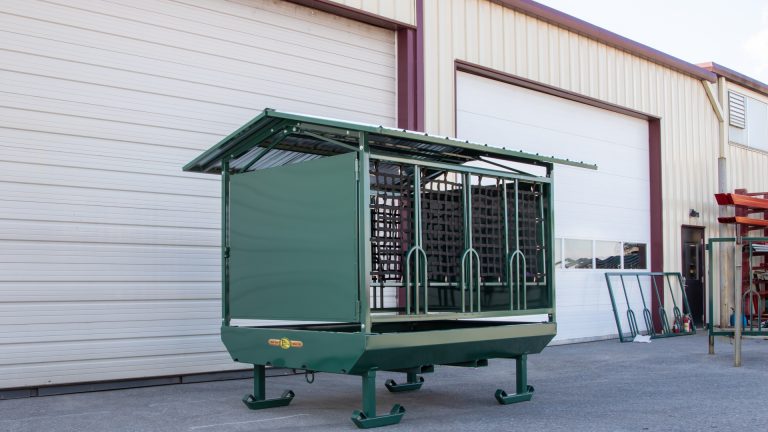
What is a horse slow feeder? Are slow feeders good for horses? What are the best slow feeders for horses? Are you asking these same questions? If so, you’ve come to the right place. This article is dedicated to answering…
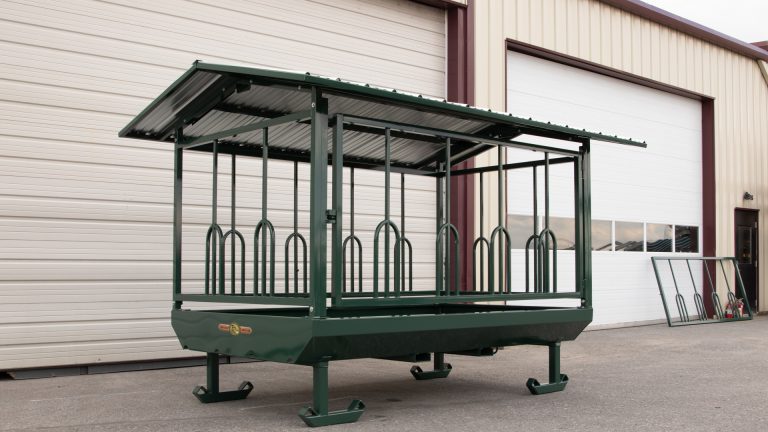
With all the different horse feeding options in the market, it’s difficult to decide on which product will best work on your farm for your livestock. There are horse hay nets, ground-feeding (and the controversy of whether this is a…
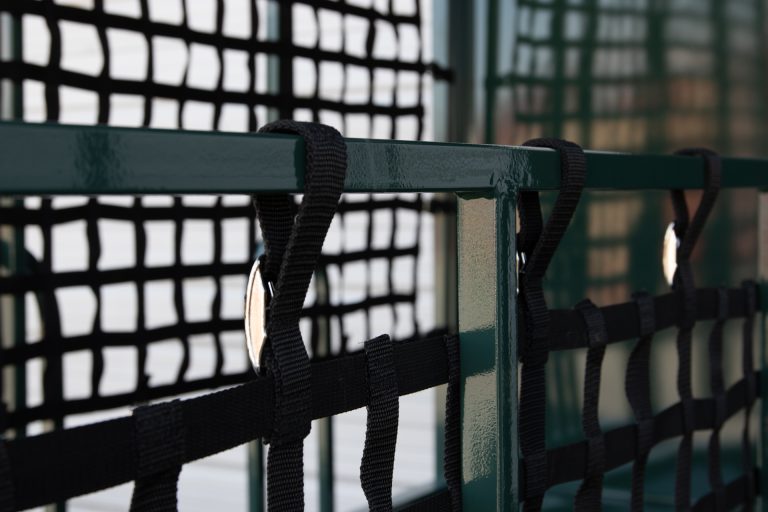
As you gaze out of your kitchen window, you see your horse grazing on a hay bale in the pasture. Fast forward 7 hours, and your horse is still licking his chops, ready to eat another morsel of hay. You…
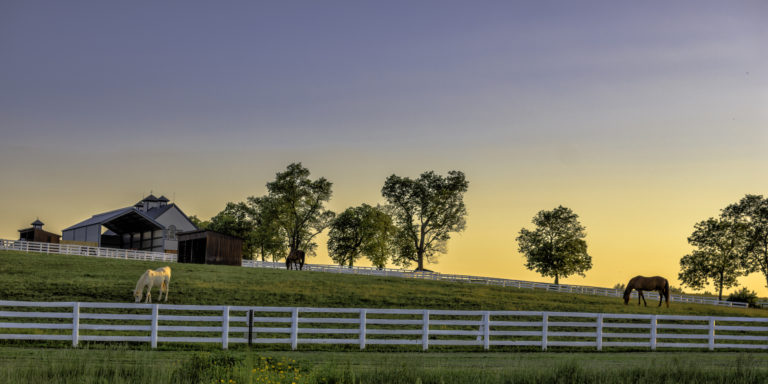
It’s that time of year again…National Farmers Day! It’s a chance for us to collectively take a step back and specifically thank all of the farmers who work so hard each day to feed the world. Thank you… …for all…
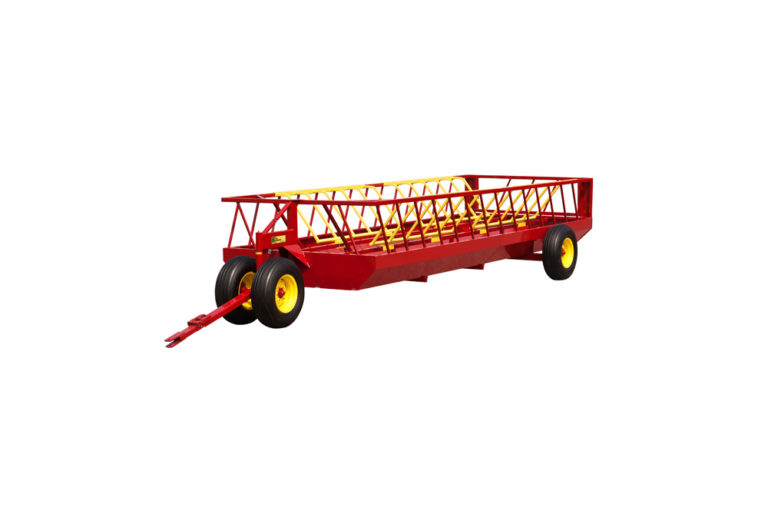
Your grain or other livestock feed is crucial to keeping your animals healthy during the winter — unfortunately, the animals in your herd aren’t the only ones who want a taste. Rodents and vermin like to turn your animal feed…

If you’re a horse farmer or equestrian enthusiast, you love raising horses because you love riding. Chances are, doing the farm chores like feeding or cleaning up after the horses doesn’t top your list of favorite activities. The right equipment…
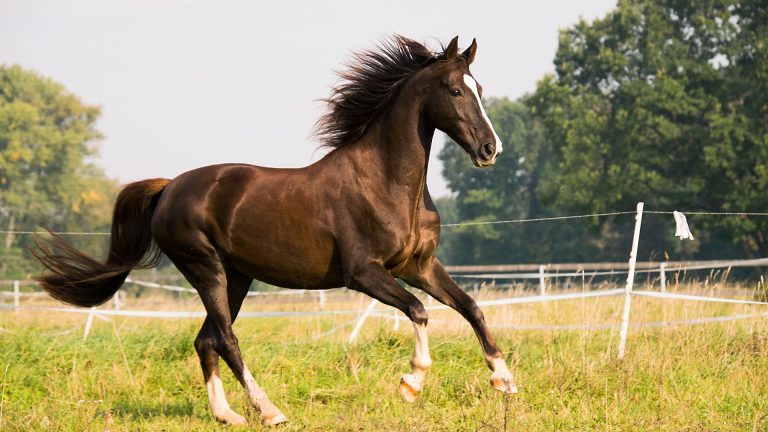
Whether on pasture or in their stall, preventing horse boredom is important. Horses that are bored can become depressed and even develop negative behaviors. That’s nothing a little care and a little ingenuity can’t solve. At Farmco, we’re a resource…
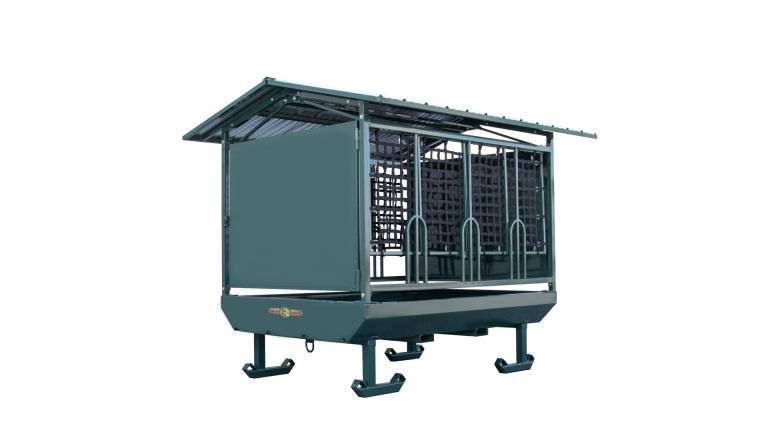
While most savvy farmers know that ground feeding is an outdated method, some still hold onto this old tradition—and that’s a bad thing. Some classic farming traditions have unfortunately stuck around. Still common among both cow farmers and equine enthusiasts,…
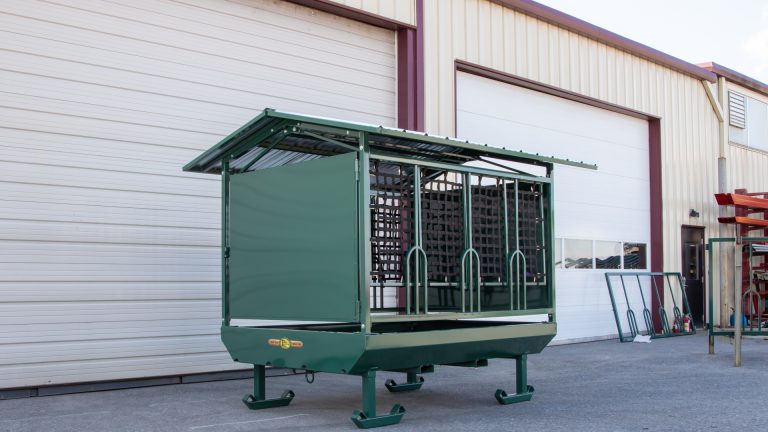
Your horses are your pride and joy — especially if you plan to show them. However for your horses to do well, they need to be well-trained and in good condition. Keeping your show horses happy and healthy is a…